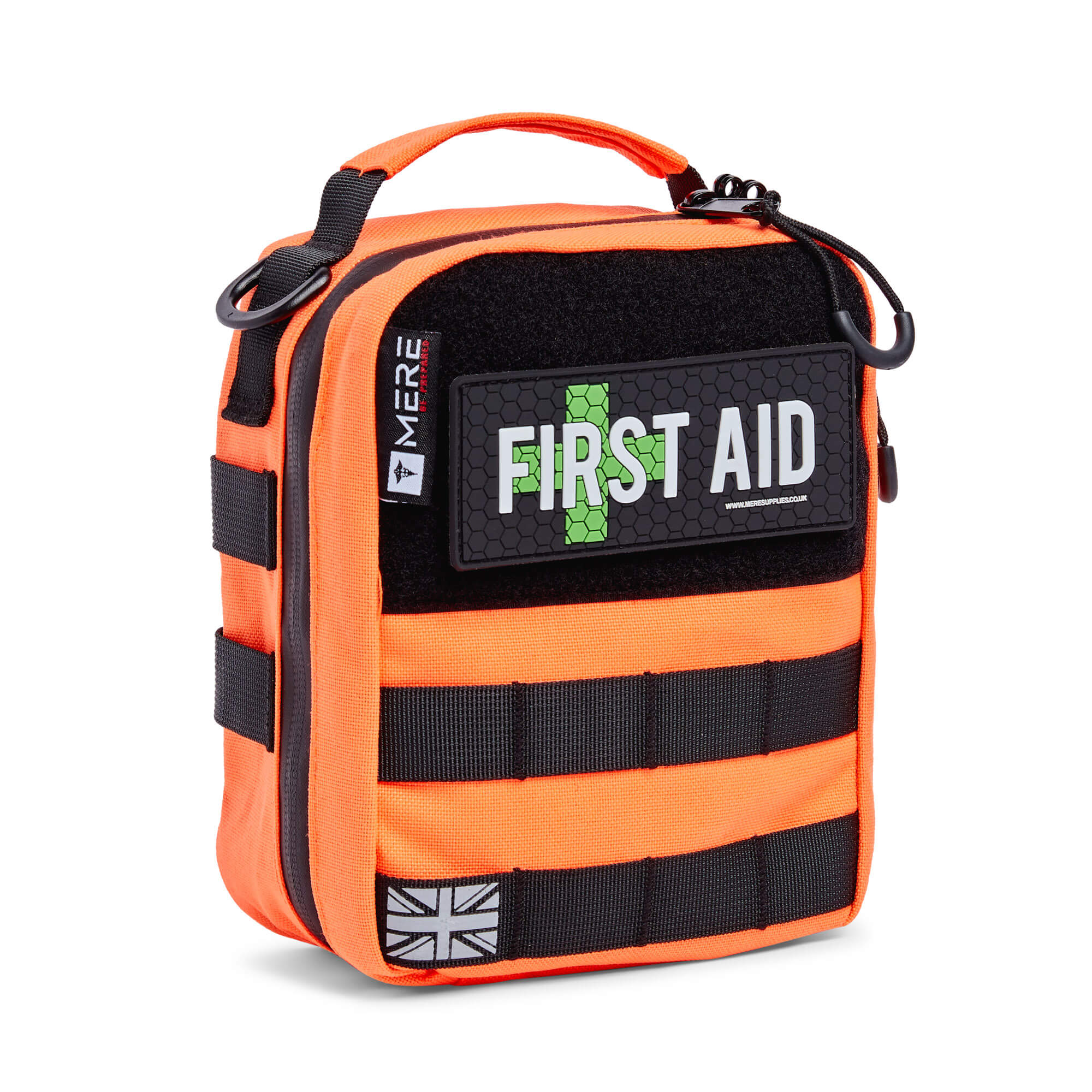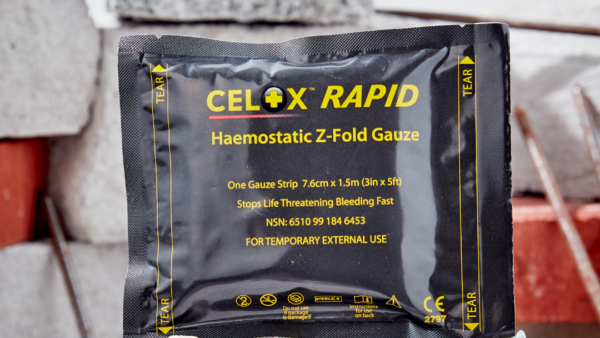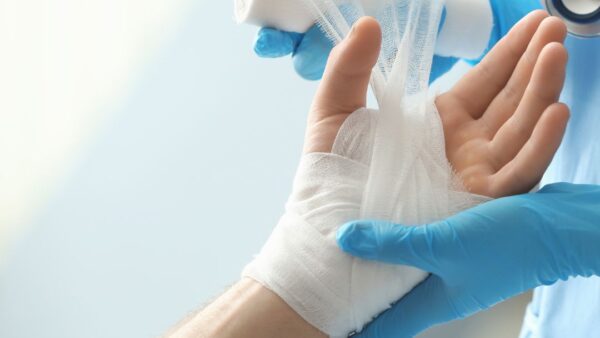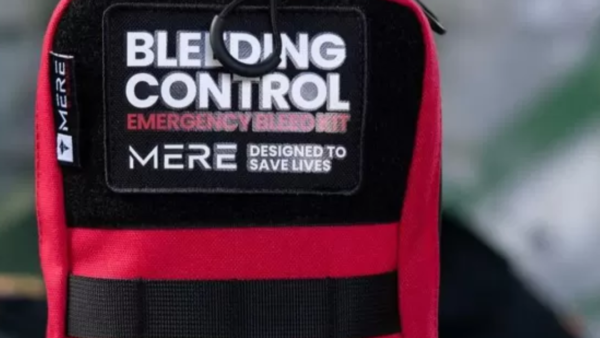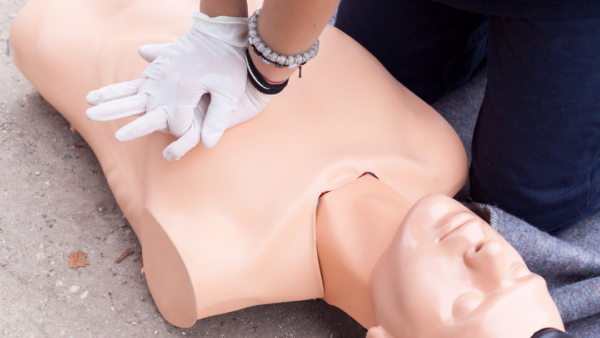Accidents can happen anytime, anywhere. It’s essential to be prepared for any medical emergency, especially in the comfort of your own home. A home first aid kit is a must have for every household. It can help you provide timely medical care in case of minor accidents and injuries. In this comprehensive guide, we will discuss how to assemble and maintain an effective home first aid kit.
The importance of having a home first aid kit
A home first aid kit is an essential tool for every household. It can help you provide immediate medical attention to your loved ones in case of minor accidents and injuries. Having a first aid kit at home can also save you time and money by avoiding unnecessary trips to the doctor or emergency room.
A home first aid kit should contain all the necessary items to treat minor injuries such as cuts, scrapes and burns, insect bites and sprains. It should also include basic medial supplies such as bandages, gauze, antiseptic wipes, and pain relievers.
Essential items in our home first aid kit
When buying a first aid kit, it is important to ensure that your kit has all the essential items. Here are all the essential items we provide in our home first aid kit:
- MERE Responder Pouch XL
- CPR Face Shield
- First Aid Guidance Leaflet
- Waterproof Plasters x20
- Triangular Bandage x2
- Foil Blanket (Civilian)
- Skin Closure Strip x15
- TraumaFix Dressing (Civilian)
- Large Dressing
- Microporous Tape
- Alcohol Wipes x10
- Sodium Chloride Pod x2
- Shears
- Emergency Light Stick
- Pupil Pen Light
- Non Woven Swab x10
- Eye Pad Dressing
- Burns Gel Sachet
- Gloves x2
- First Aid Patch
Choosing the Right Container for Your Home First Aid Kit
Choosing the right container for your home first aid kit is crucial. It should be durable, easily accessible, and spacious enough to accommodate all the necessary items. You can choose from a range of options such as plastic containers, metal boxes, or backpacks.
It’s important to keep your first aid kit in a location that is easily accessible to everyone in the household. You can store it in a kitchen cabinet, bathroom, or a designated first aid kit shelf. It’s also a good idea to keep a smaller first aid kit in your car for emergencies.
Maintaining Your Home First Aid Kit
Maintaining your home first aid kit is crucial to ensure that it’s always ready for use. It’s recommended to check your first aid kit every six months and replace any expired or used items. It’s also important to keep your first aid kit organized and easily accessible.
You can create a checklist of all the items in your first aid kit and keep it inside the container. You should also keep a list of emergency phone numbers such as your doctor, local hospital, and poison control center.
First Aid Kit Checklist for Common Household Injuries
Here is a checklist of items that should be included in your home first aid kit for common household injuries:
- Cuts and scrapes: adhesive bandages, sterile gauze pads, adhesive tape, antiseptic wipes or solution, hydrogen peroxide
- Burns: sterile gauze pads, burn cream, adhesive bandages
- Insect bites: anti-itch cream, calamine lotion
- Sprains: elastic bandage, instant cold packs, pain relievers
- Fever: oral thermometer, pain relievers, oral rehydration solution
Additional Items to Consider for Your Home First Aid Kit
Apart from the essential items, here are some additional items that you can consider for your home first aid kit:
- Eye drops
- Antihistamines for allergies
- Prescription medications
- Sunscreen
- Insect repellent
The Peace of Mind That Comes with a Well-Stocked Home First Aid Kit
In conclusion, having a home first aid kit is essential for every household. It can help you provide immediate medical attention to your loved ones in case of minor accidents and injuries. When assembling your first aid kit, make sure to include all the essential items and choose the right container.
Maintain your first aid kit regularly and keep it easily accessible to everyone in the household. Consider purchasing a pre-packaged kit or assemble one yourself. With a well-stocked home first aid kit, you can have peace of mind knowing that you’re prepared for any medical emergency.


